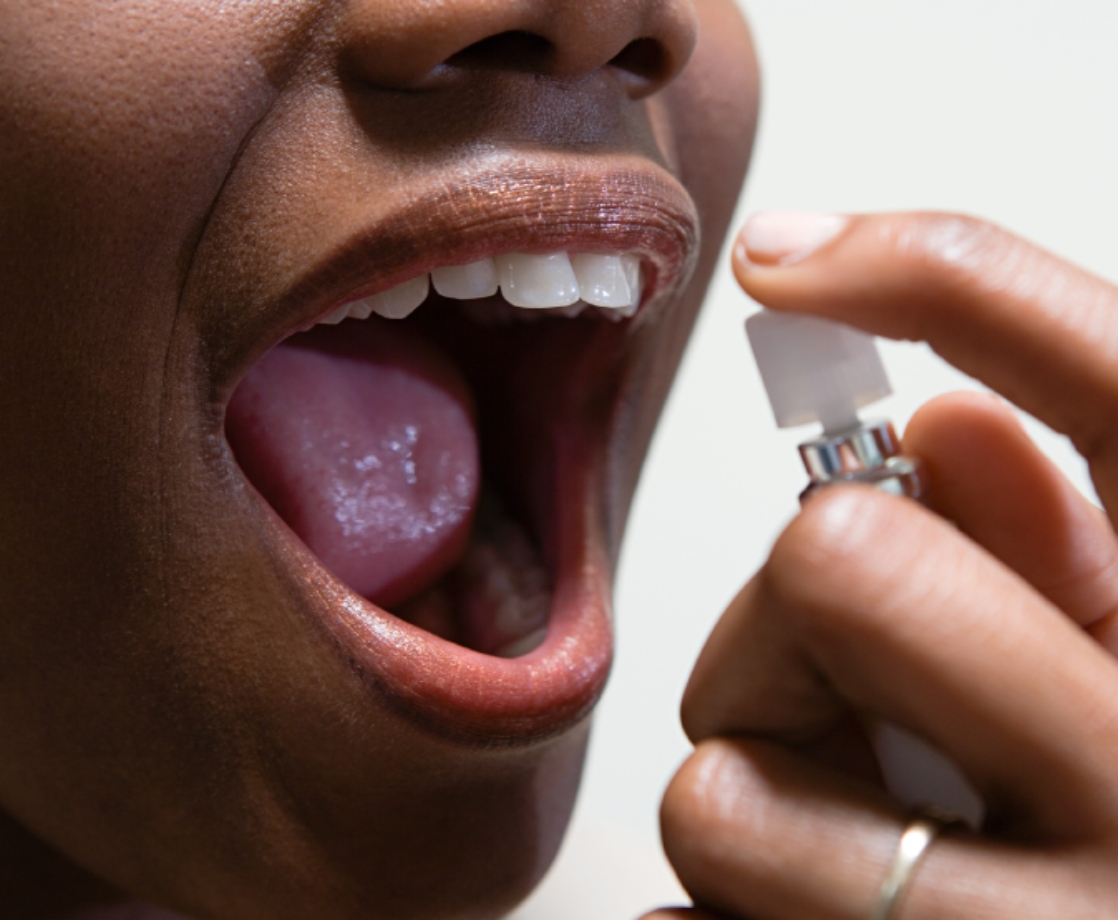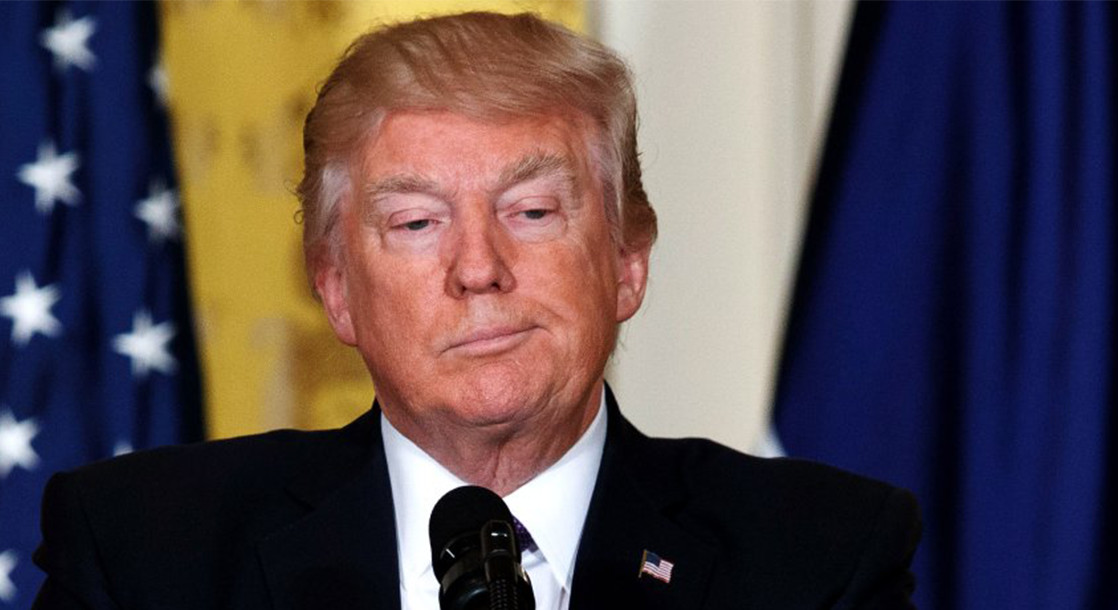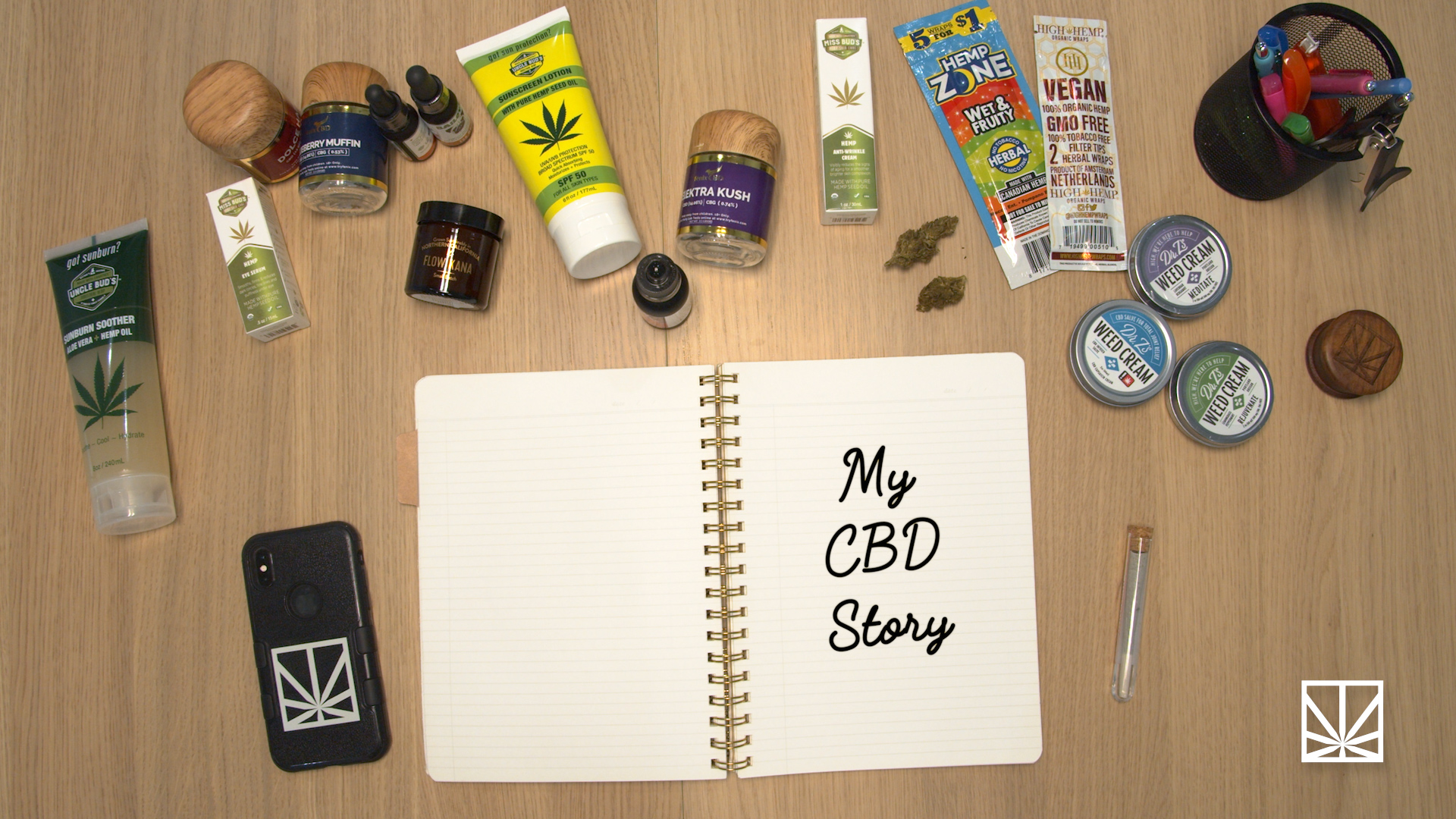Although it is not possible to become physically addicted to cannabis in the way that one can become addicted to alcohol, opioids, or nicotine, some people still find themselves becoming psychologically dependent on weed. Traditionally, these dependency issues have been treated by counseling or other drug treatment programs, but these methods do not work for everyone.
Researchers report that four out of five individuals who participate in traditional treatment programs relapse to regular pot use within six months. A team of Australian researchers recently set out to find a more effective solution, and made the surprising discovery: the best possible treatment may actually be cannabis itself.
The study, recently published in the JAMA Internal Medicine journal, found that participants who used medical marijuana in combination with cognitive behavioral therapy were able to reduce their cannabis use by around 40 percent. For the study, researchers recruited 128 patients who wished to reduce their overall cannabis usage, but had been previously unable to.
Half of the patients were given a placebo drug, while the other half were given nabiximols, an oral spray approved by the Australian government to treat pain associated with multiple sclerosis. Each 0.1 mL metered dose of this medicine contains 2.7mg of THC and 2.5mg of CBD. Participants used an average of 18 sprays per day, which amounts to nearly 50mg of THC daily — the same amount found in a relatively strong edible.
The concept may seem counterintuitive at first glance, but doctors have successfully used measured doses of drugs like methadone or nicotine to help addicts gradually reduce their drug dependence for years now.
“The principles are very similar to nicotine replacement,” said Conjoint Professor Nick Lintzeris, director of drug and alcohol services at the South East Sydney Local Health District and co-author of the study, to EurekAlert! “You are providing patients with a medicine which is safer than the drug they’re already using, and linking this with medical and counseling support to help people address their illicit cannabis use.”
The study reports that the patients using the medical marijuana spray were able to decrease their overall weed intake. “The majority of people in the nabiximols group either stopped using or dramatically reduced their use, maybe down to two, three, four days a month, whereas in the placebo arm, we found many people continued to use most days — four, five, six days out of seven,” Lintzeris said to the Sydney Morning Herald.
“What was really encouraging was that we were actually able to demonstrate that most patients used the medication for a short period of time… and then they were able to make those changes in their lives, come off the medication and not relapse,” Lintzeris continued.
The professor added that many of the patients in the nabiximols group were able to continue cutting down their weed usage 12 weeks after the study finished. “That was really encouraging because I think that means we’ve got a viable treatment model.”
“The findings are positive but modest,” said Professor Michael Farrell, of the National Drug and Alcohol Research Centre, to the Herald. “We’re not looking at some radical effect, but it does provide an important conceptual discussion of ways we might consider this type of treatment into the future.”
The study recommends that more research be done before Australian doctors begin recommending medical marijuana to treat cannabis dependency. The authors also note that the cost of nabiximols — around AU$745 for a single six-to-eight week treatment — may be prohibitive for many patients.
“I think it needs more research before it would be automatically translated into practice,” Farrell said. “But it doesn’t mean that other possibly more affordable forms of this type of medication might be developed.”











